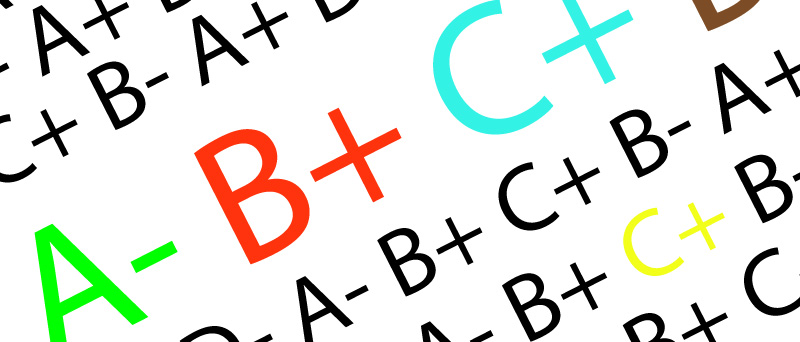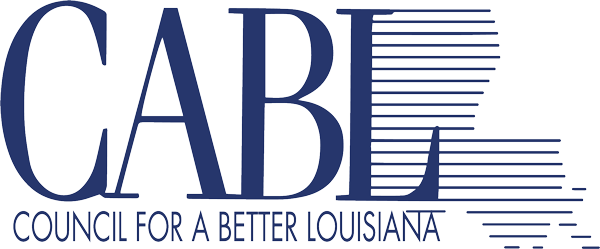
More than six weeks after the governor ordered school closures across the state in response to the COVID-19 pandemic, the state of education in Louisiana is far from clear. While Governor Edwards emphasized that instruction during the closure should continue, it is virtually impossible to know to what degree that is happening and how much kids are learning. That must change.
So, what do we know about what’s going on? Not that much. Generally, surveys have shown that about 44-percent of school districts are not providing adequate distance learning opportunities for students and nearly a quarter of districts, while sending materials home, are not providing students or parents with meaningful feedback. Hundreds of thousands of students lack access to laptops or tablets to facilitate online learning and in the case of the state’s second largest school district, East Baton Rouge, officials waited more than a month before even trying to get school-owned laptops into the hands of students.
What this tells us is that many, if not most, of our districts were caught flat-footed. And, while perhaps no one could see this pandemic coming, the result has been a patchwork response to a crisis that is having a severe impact on our students.
The Department of Education is developing a comprehensive COVID response plan that should be released shortly. But in the meantime, here are some areas where CABL believes education leaders should focus:
Every District Needs A Plan Despite whatever home schooling may be going on, it is reasonable to expect that hundreds of thousands of students, many of whom are already vulnerable or from historically disadvantaged backgrounds, will be severely impacted by the closure of schools. The consequences of this could be lifelong. That is why every school needs a robust plan for protecting the health and safety of students, communicating with them and their parents, supporting them with technology, and mitigating the loss of instructional time that has occurred.
School Districts Should be Transparent Even now, a month-and-a-half after schools were shuttered, it’s nearly impossible to know what kind of learning is actually occurring across the state. Going forward school districts should be required to tell us how many kids they are touching on a daily basis, how many devices are in their hands to facilitate learning, and what they’re doing to identify students who are behind and need to catch up. Later we need to understand just how much loss of learning has occurred, what programs and offerings are in place to help move students up, and lessons learned from their actions or inaction this spring. Our accountability system may be on hold for now, but accountability itself cannot be.
Every School Should be Prepared The sad reality is that this pandemic is not a one-time event. Because it struck hard during the spring doesn’t mean it will go away or not return in the fall and winter. Schools need to build on their experience and ensure that they have the tools, trained staffing, and overall flexibility to pivot quickly in the event that classrooms are once again required to close.
In the past we have dealt with the disruptions caused by hurricanes and floods and found a path forward, but this crisis is different. It impacts every student, every school, and every community. Perhaps the uneven response to this unforeseen crisis was to be expected, but we know enough now to ensure that we never allow it to happen again.
